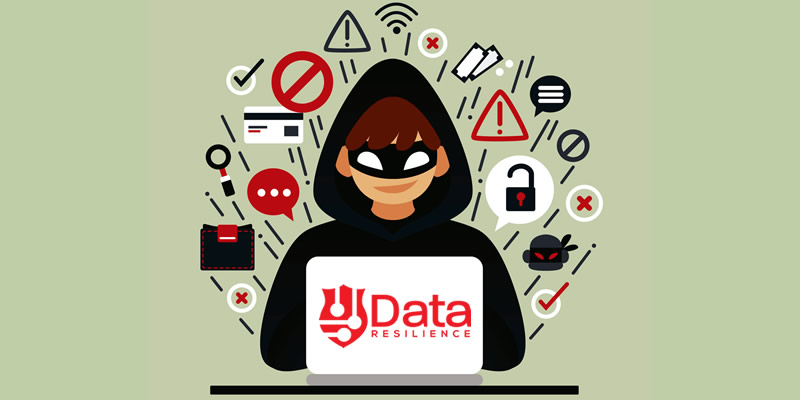By its very nature, cybercrime must develop to last. Not only are cybersecurity specialists continually attempting to close escape hacking exits and counteract zero-strike occasions, however innovation itself is continually advancing. This implies cybercriminals are continually making new assaults to fit new patterns, while tweaking existing assaults to stay away from identification. To see how cybercrime may develop later on, we think back to see how it rose before.
Cybercrime’s birthplaces are established in broadcast communications, with “hacking” culture as we probably are aware of it today, it commenced from “telephone phreaking,” which topped during the 1970s. Phreaking was the act of misusing equipment and frequency vulnerabilities in a switching telephony network, regularly to get free or decreased phone rates. As landline systems turned out to be greater security conscious and later dropped out of recognition, telephone phreaking turned out to be less and less normal; not that, it has been eliminated totally. In 2018, a telephone phreaker arranged a sequence of frightening assaults in New York City WiFi booths, advising us that the phreaks may have been overlooked, however they are unquestionably not gone.
Cybercrime started on November 2, 1988 when Robert Tappan Morris released the Morris Worm upon the world. Much like Dr. Frankenstein, Morris didn’t comprehend what his creation was able to do. This sort of self-repeating program had never been seen outside of an exploration lab, and the worm immediately changed itself into the world’s first large scale distributed denial of service attack (DDoS) assault. PCs worldwide were overpowered by the program and servers came to a standstill. In spite of the fact that Morris immediately discharged the convention for closing the program down, the harm had been done. In 1989, Morris was the first to be charged infringing upon the Computer Fraud and Abuse Act.
At the turn of this century, we started to see another type of malware develop as email gave hackers a new avenue. The scandalous ILOVEYOU worm contaminated 50 million PCs in 2000, ruining information and self-expanding by misusing a client’s email contacts. Given that the disreputed messages were originating from a generally trustworthy source, it made numerous customers to gain a stand on cybersecurity for the very first time. With antivirus becoming common-place once again with all owners installing this software bundle, cyber thieves were forced to become inventive once again.
Phishing messages frequently copy a trustworthy source, similar to a web or telephone specialist organization, and regularly incorporate authority looking illustrations, email locations, and sham sites to deceive the client. Now and again, these phishing assaults are persuading to such an extent that even top government authorities have been tricked.
Inching towards the close of topic, one cannot do so, without a mention of ransomware here. Ransomware enters your system illegally and encrypts all your files leaving you stranded without as much as being able to access your data. Then starts a series of threatening moves to extort money from the company scaring them of data deletion and exposing vital information.
For more information, visit www.dataresilience.com.au or drop us a note at [email protected]


